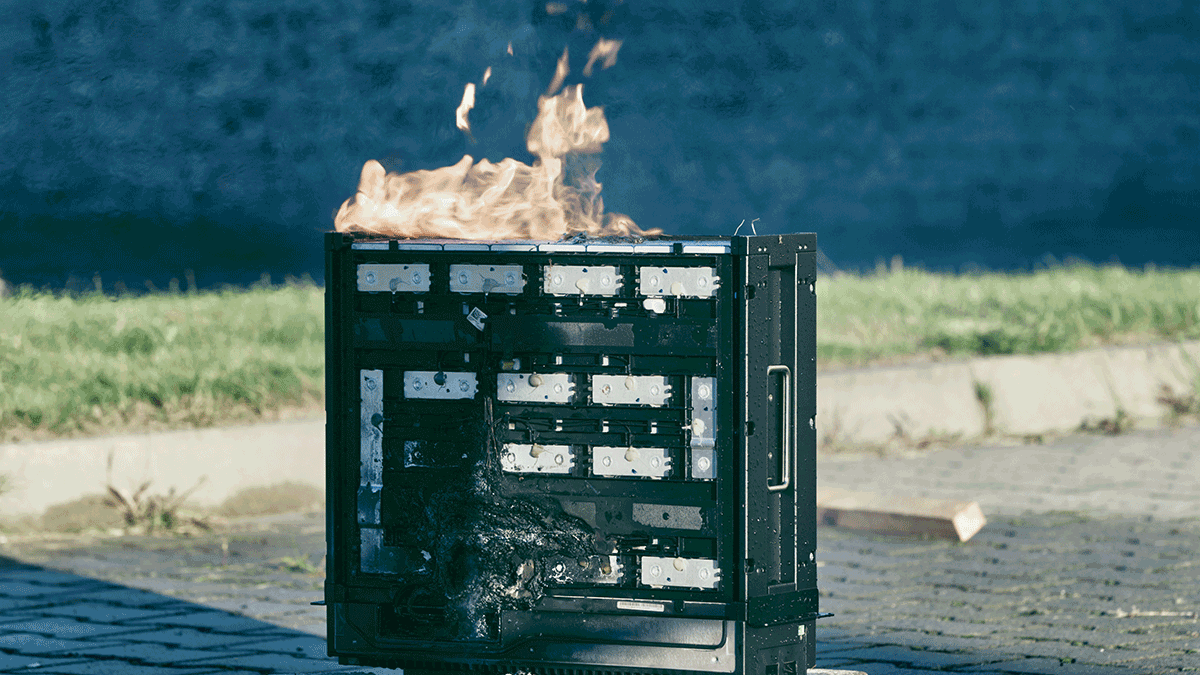Published in January 2023, Edition 7 of the IEC 60079-11 standard serves as a crucial guide for electrical equipment designed for use in explosive atmospheres, employing the intrinsic safety method of protection.
By Goutam Das (CSA Group)
A year since its publication, manufacturers are actively engaging with Certification Bodies (CBs), including CSA Group, seeking clarity on how the changes impact their products and influence associated files. Here, let us explore the notable changes that will help you navigate Edition 7 of the IEC 60079-11 standard.
- Major technical changes: In total, there are 45 major technical changes that refer to substantial modifications or updates in the technical requirements outlined in Edition 7 of the IEC 60079-11 standard. These changes include the addition of new technical requirements or an increase in the level or complexity of existing technical requirements when compared to the previous edition (Edition 6).
- Extensions: The new standard introduces 76 extensions, signifying additional options that either add or modify technical requirements. Importantly, these changes do not impact the compliance of equipment already meeting the previous edition of the standard.
- Minor or editorial changes: In Edition 7, there are 52 revisions categorized as minor editorial changes. These modifications include clarification of principles, minor technical adjustments, and a reduction of requirements or editorial corrections.
Key considerations for navigating IEC 60079-11 Edition 7
To help you better understand and navigate the changes from Edition 6 to Edition 7 and their potential implications, here are some key considerations to keep in mind.
Navigating IECEx CoC Updates to Edition 7
Updating your IECEx Certificate of Conformity (CoC) to Edition 7 is not an immediate requirement for those with an existing IECEx file. The IECEx scheme typically acknowledges compliance of new certifications with either the latest standard edition or the previous one. The IECEx test report is often acceptable in regional schemes. Therefore, it is strongly recommended to thoroughly assess your products against the new edition and determine whether an update is necessary.
Considerations for ATEX Certification Holders
If you currently hold an ATEX certification to EN 60079-11:2012 edition, you may be wondering about the need to update your certification. Typically, ATEX certification for intrinsic safety aligns with the prevailing harmonized standard, which, in this case, is the 2012 edition of the EN 60079-11 standard. However, it is anticipated that the harmonized standard will eventually transition to Edition 7, requiring compliance with the latest edition. Consequently, it is advisable to familiarize yourself with the requirements of the ATEX Directive and assess your products against Edition 7 to determine the feasibility of compliance.
Additionally, simultaneously pursuing CSA certification under Edition 7 while seeking ATEX certification for the same product is indeed possible. ATEX projects involve an assessment of Essential Health and Safety Requirements. Despite the current non-harmonization of the IEC version, choosing it can offer the benefit of aligning your ATEX and IECEx files.
Absence of Redline Version for Edition 7
While some manufacturers may be interested in a redline publication, which is a marked-up version highlighting differences between the two editions, no redline version will be provided for Edition 7. This edition incorporates extensive reorganization of the standard, involving clause renumbering, paragraph regrouping, and information modification. These structural changes make it impractical to create a redline version for Edition 7.
North American Adoption of Edition 7
Currently, Edition 7 has not been adopted for use in North America. This means that it cannot be employed for Canadian and U.S. certifications, for the time being. However, the standard is presently under review by the U.S. and Canadian mirror technical committees.
Recommended Next Steps
To proactively prepare for the transition, manufacturers can undertake the following measures:
- Comprehensive File Review: Conduct an exhaustive review of existing certification files against the requirements stipulated in IEC 60079-11 Edition 7. This meticulous process is crucial for determining the current compliance status with the updated standard.
- Understanding Certification Scheme Requirements: Gain a thorough understanding of the specific requirements of the certification scheme applicable to your product. In most cases, standard documents are quite lengthy and complex, and not all requirements are applicable to every product.
Subsequently, manufacturers may encounter challenges in distinguishing which requirements are necessary for their products to comply with. Accounting for the necessary requirements early on in your product’s life cycle, such as the design phase, can help avoid delays and costly revisions down the road. Many certification bodies offer some type of technical guidance or support services that can help manufacturers understand which regulatory requirements are relevant.
- Proactive Engagement with Certification Bodies: In instances where modifications are deemed necessary to uphold compliance with Edition 7, manufacturers should initiate contact with an accredited certification body. Requesting an upgrade demonstrates a proactive approach to ensuring that the product aligns seamlessly with the latest safety standards.
Overall, adopting these proactive measures helps manufacturers to strategically navigate the potential transition to Edition 7 — regardless of where they operate. Staying well-informed about certification scheme updates, maintaining vigilance regarding compliance requirements, and fostering open communication with certification bodies are essential strategies for manufacturers in this dynamic and evolving regulatory landscape.
Goutam Das is a certification specialist at CSA Group. With over 15 years of experience in assessing and testing electrical and electronics equipment intended for use in hazardous atmospheres, Goutam has extensive knowledge of UKEx, ATEX, IECEx, and cCSAus hazardous area approvals for gas and dust atmospheres. He provides project mentoring and technical review, working with customers in the design stage to help determine compliance with applicable standards.















Find Us on Socials